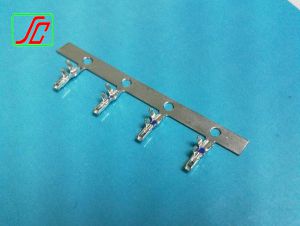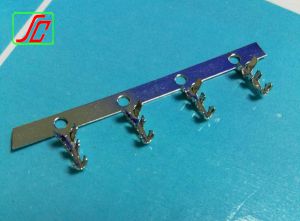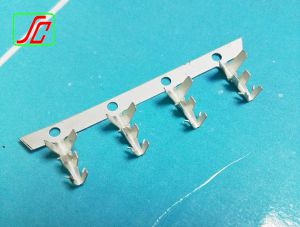The importance of connectors for mobile phones, computers, and automobiles
1. Automotive connector terminal block market
The automotive terminal block connector market is the largest connector segment, with a typical light car with approximately 1500 connection points. According to Bishop & Associate, the market for automotive terminal block connectors is expected to continue to grow, reaching a market size of $13.4 billion in 2011. In China, the automotive connector terminals also have a large market size, according to the forecast of Zhiduoxing to reach 7.7 billion yuan in 2011.
2. Computer terminal block connector market
According to a report by market research firm In-Stat, by 2014 global shipments of mobile computing devices including tablets, netbooks, smartbooks and notebooks will maintain a compound annual growth rate of 19.1%. Global notebook shipments will reach 291 million units in 2014. The application of connectors in computers is about 5-12 sets each, and the steady development of the computer market has driven the continuous increase in the demand for terminal connectors.
3. Mobile phone connector terminal market
Connectors are one of the most important devices in a mobile phone. On average, each phone requires eight connectors. According to the Coda Research report, between 2010 and 2015, global smart phone shipments will reach 2.5 billion, with a compound annual growth rate of 24%. Analysys International data shows that in the first quarter of 2010, China's 3G mobile phone sales reached 6.113 million units, up 65.97% from the previous quarter. As the development of the mobile phone market continues to improve. The mobile phone connector market will continue to move up the trend. The types of connectors used in mobile phones are divided into internal FPC connectors and board-to-board connectors; externally connected I/O connectors, as well as batteries, SIM card connectors, and Camera Sockets. Affected by the demand market of 3G mobile phones and smart phones, the current development direction of mobile phone connectors is: low height, small pitch, multi-function, good electromagnetic compatibility, standardization and customization.







